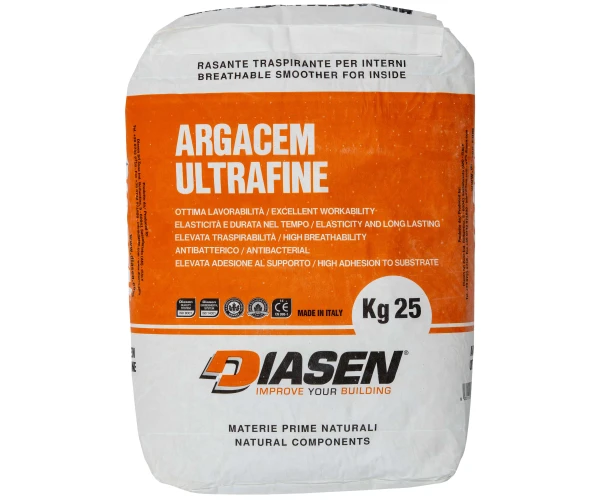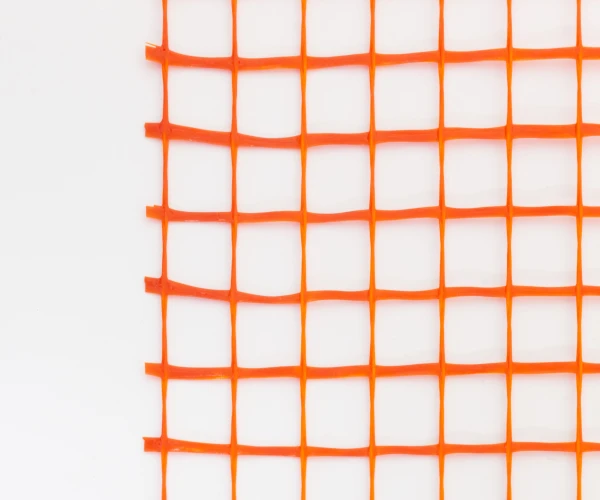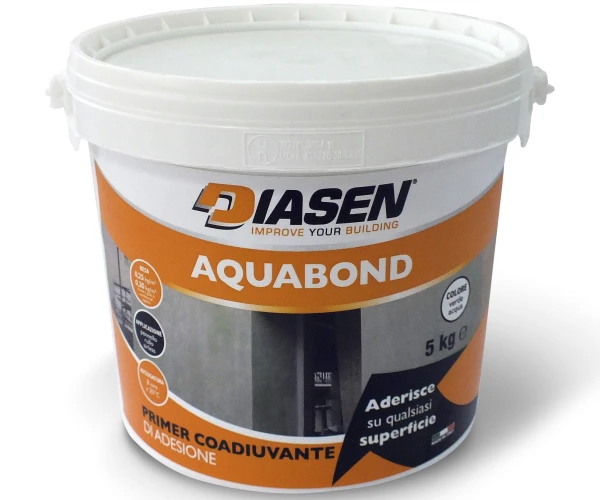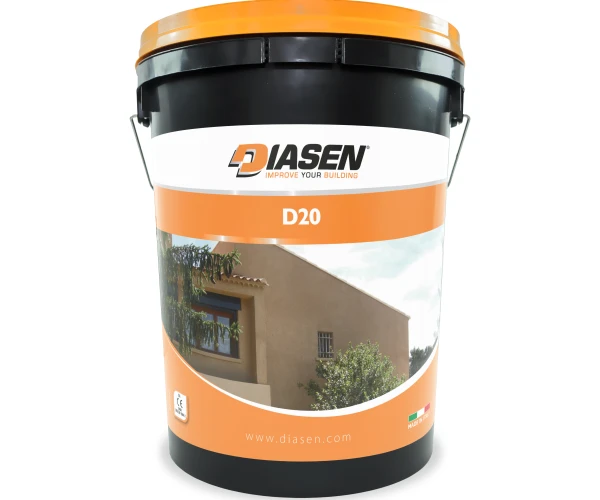Go to Section
Diathonite Thermal Plaster - a Complete Guide
Thursday 26th August 2021
Also in category: Retrofit, Mould prevention
When working with traditional and heritage buildings with solid stone or masonry walls, it can be a challenge to find the right insulation product which doesn’t compromise on the building’s character or the beauty of the original architecture. It is often thought that with older buildings a compromise must be made between thermal performance and aesthetic, however, that doesn’t have to be the case.
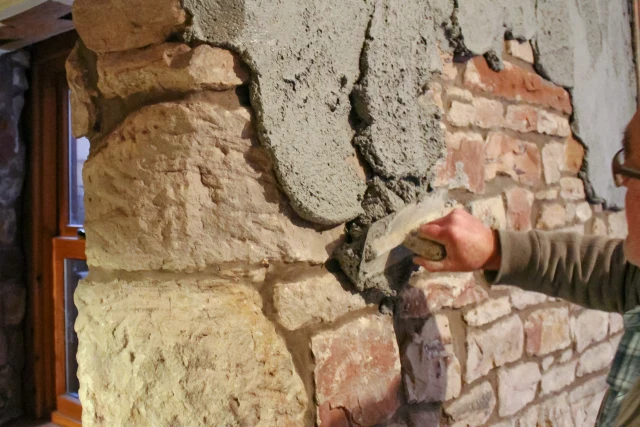
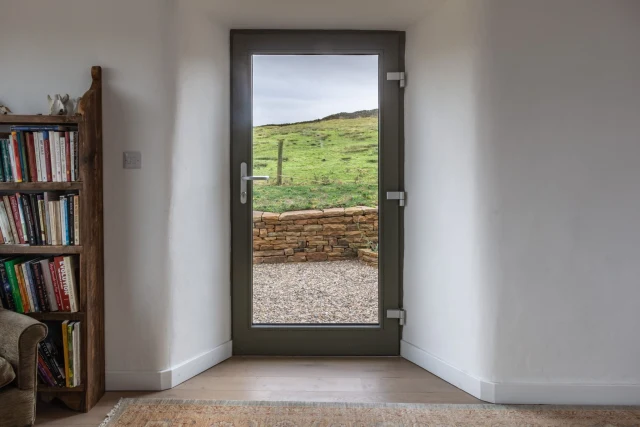
Blog author

Ilias Igoumenidis
Technical Support Engineer (MEng Civil Engineer, CEPHD)
Born and raised in Greece, Ilias graduated from the Polytechnic school of Civil Engineers of Patras University and for many years ran his own Design and Construction company prior to joining Ecological. Since 2013, he has been heavily involved with low energy consumption in building projects. He was the first person in the Hellenic Passive House Institute to gain the International Certification of a Certified Passive House Designer. Ilias played a significant part of the first Certified Passive House project (Enerphit) in the south eastern Mediterranean area “Passivistas”.






